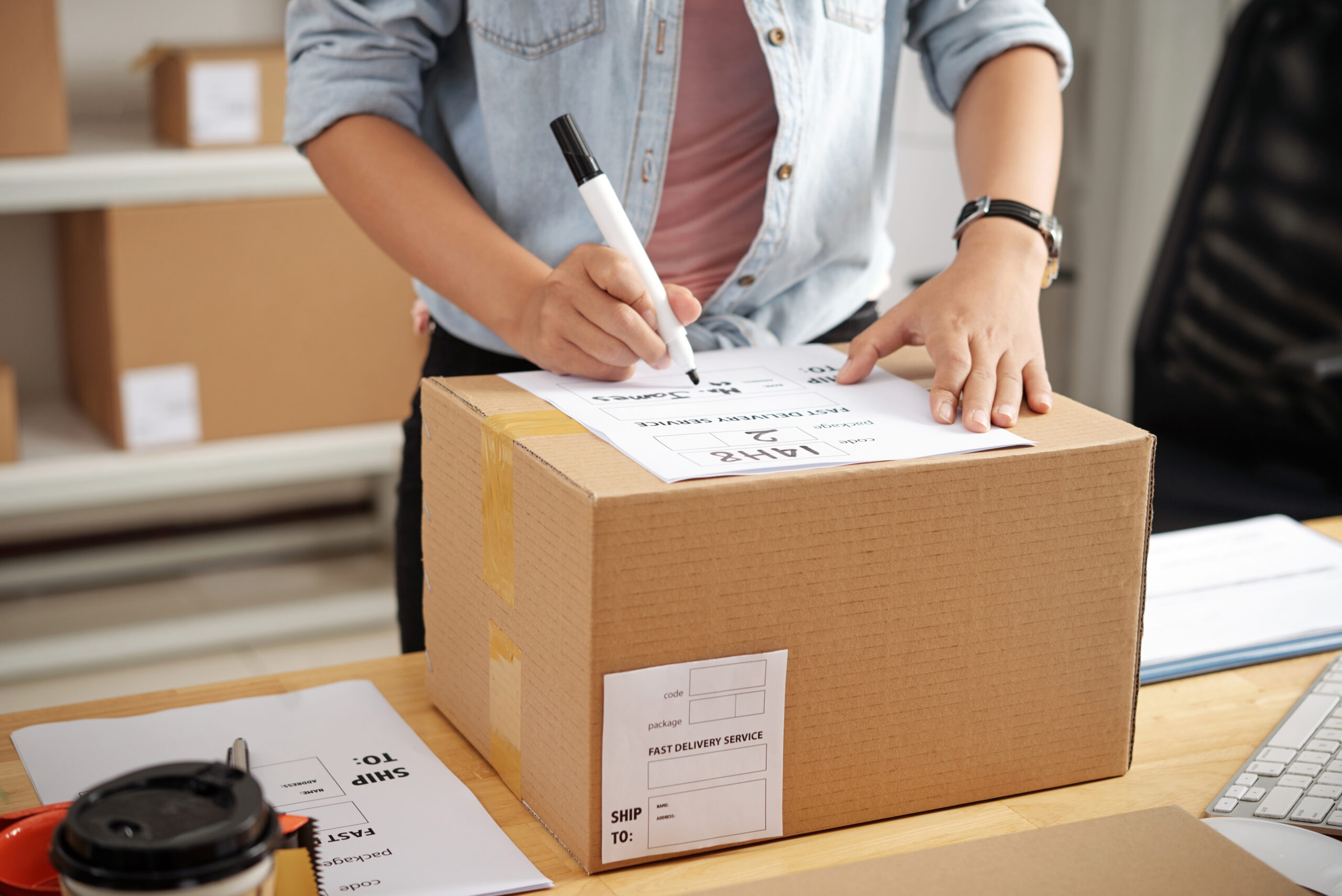Planning for the demand for a new product offering or changes in consumer purchase patterns can be difficult. Let’s discuss what demand planning is, strategies for how to plan for demand, and how to optimize inventory levels to make sure you can meet the demands without overstocking and creating waste. We look at how providers like Phase V Fulfillment can assist customers to better forecast the demand and determine the required inventory for their products.
With so many moving parts in the e-commerce universe, optimizing your inventory is key to your business’s future. Forecasting which SKUs and the appropriate amount you’ll need to fulfill and restock your orders without coming up short or having a large amount of extra inventory lying around may seem a bit like a balancing act because, in fact, it is.
Here are a few tips that can help you plan for demand:
- Demand Planning
Forecasting how much inventory you need for busier sales cycles and seasonal promotions can be determined by analyzing historical data for these sales cycles and ordering accordingly. It helps to know which SKUs move faster than others and have systems in place that alert you when you need to reorder. - When and How Much
Determining how much inventory you need to reorder during regular sales cycles and when can be determined by how many units of particular SKUs you sell across all channels over a specified amount of time, then allowing lead time for your orders to be received by your suppliers, filled, and delivered to your warehouse. Also, lead time includes factoring in the time it takes to process your order when it is received in your warehouses. Taking these elements into consideration and planning carefully means you will stay on top of fulfilling your orders on time. - New Products and Consumer Trends
Planning for demand can prove tricky when launching new products or when certain products start to sell faster than normal due to influencer endorsements, some other form of publicity, or consumer trends. During these types of events, it makes sense to keep a certain amount of safety stock on hand. - Implement Data-Based Real-Time Inventory Management Technology
Optimizing your inventory and planning for demand cannot be done manually in the fast-paced e-commerce marketplace. The ability to access information about your supply chain in real-time helps you manage your inventory levels across all sites, marketplaces, suppliers, and products in transit. Working with a reputable 3PL service provider, such as Phase V Fulfillment, you can utilize your 3PL’s advanced data-based technology with built-in inventory optimization functions that allow you to view your inventory counts in real-time to forecast demand and determine when to restock SKUs, as well as when to send purchase orders to your suppliers. Being able to set up automated restocking functions for all of your SKUs using your 3PL’s algorithms and data analysis functions is critical.Additionally, syncing your SKUs with your 3PL’s inventory management system allows you to track, update, and manage your inventory across all sales channels and your distributed network for a better picture of how much product you need to stock to avoid stockout or deadstock issues. Optimizing all processes in your supply chain will help your stock move smoothly through the supply chain. - Contact Several Suppliers
In these times of supply chain shortages, raw material shortages, and shortages of finished products from suppliers, whether caused by natural disasters or global pandemics, proactive e-retailers are always looking for alternative or additional suppliers in the event their main suppliers are not able to deliver the goods ordered. Because product manufacturers may sell their businesses or go out of business altogether, in uncertain economic times, building relationships with additional suppliers helps ensure that you can fill your orders at any time. Using data-driven advanced inventory and warehouse management technology provided by a 3PL fulfillment service, you can set up accounts with additional suppliers as a safety net for unforeseen events in your supply chain. - Monitor Purchasing Frequencies
For fast-moving products, you need to keep enough inventory on hand to meet the demand of busier sales cycles such as holidays. Sometimes fast-moving products suddenly stop selling due to a change in consumer tastes or an update of a product that uses different batteries, adaptors, and so on. Keeping just enough inventory to fill a month’s worth of orders for fast-moving SKUs probably won’t affect your inventory storage rates like it would if you just automatically reordered SKUs without closely monitoring your sales for changes in the frequencies of popular items. - Research New Products to Plan for Demand
It is also important to research before you launch a new product in order to estimate how much inventory you will need at launch for a new product or product line. Checking your product or a similar one on competitor sites can give you an idea of how much inventory you need, as well as ascertaining a competitive price, and viewing shipping options offered by competitors. Optimizing your demand forecasting improves your inventory accounting by not sitting on piles of inventory that aren’t moving for long periods. Keeping a lean inventory helps improve cash flow and can free up capital for other areas of your business. - Warehousing
Optimizing your warehousing strategies can help you track SKU performance across your distribution network. Allocating inventory to warehouses where SKUs move faster can help ensure your orders ship faster at lower costs and help optimize your storage. However, for most e-commerce companies, leasing or purchasing multiple warehouses and providing experienced fulfillment staff just isn’t an option. Procuring warehousing facilities and acquiring fulfillment equipment with the automation needed to stay competitive and get orders to your customers on time is simply prohibitive to most e-commerce companies. That’s why, for the last decade or so, more than 60% of e-commerce companies have partnered with 3PL service providers, such as Phase V Fulfillment, to optimize fulfillment processes, including warehousing, picking, packing, and shipping strategies. Automating your storage processes, using advanced data-powered warehouse and inventory management technology offered by 3PLs can help you keep a lean inventory, improve accuracy, ensure faster, on-time deliveries, and better plan for demand, in addition to receiving deep discounts on carrier shipping rates. - Perform Inventory Audits
While performing inventory audits seems like an arduous chore, with advanced warehouse and inventory management and data analysis tools provided by 3PLs you can automate and digitize your inventory monitoring processes, to keep tabs on the health of your inventory and detect discrepancies before they negatively affect your capital, holding costs, and storage rates.Efficient demand planning for your e-commerce business can be almost impossible, unless you optimize your inventory and every other part of your supply chain to accommodate unexpected changes in consumer behavior and other unforeseen circumstances, such as the current state of the global supply chain, due to the COVID-19 pandemic. Optimizing your inventory to forecast demand relies on advanced data-driven tech and automation in your fulfillment processes.
When you partner with Phase V Fulfillment, you will be able to view your inventory in real-time across your entire sales network. Additionally, you can leverage the skill and experience of picking, packing, and shipping processes to save money on warehousing, shipping, and fulfillment operation equipment and supplies. Contact Phase V to see how we can help you take your e-commerce company to the next level of success!



